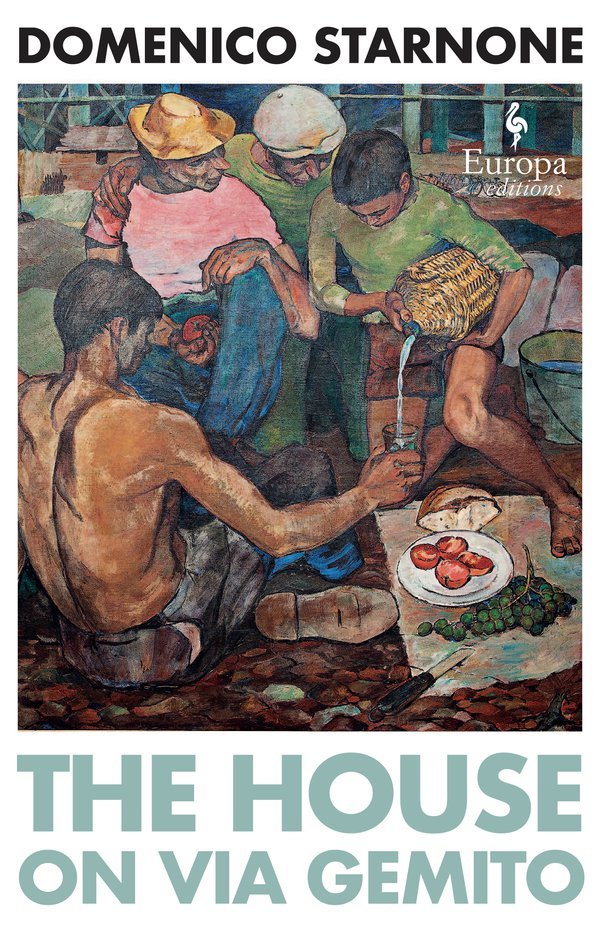The House on Via Gemito by Domenico Starnone
Review of The House on Via Gemito by Domenico Starnone, translated by Oonagh Stransky
The House on Via Gemito by Domenico Starnone (2000). Published in English by Europa Editions.
One of my best ways to find books is to wander the depths of my library until I find something interesting to read. Something I find fascinating is how running a book blog like this, and ruminating on books and what I like to read, has really led to a curated sense of identity.
For example, when I saw this book on the new fiction shelves at the library, I was able to recognize that I knew I tend to like the books that Europa puts out. It was the title and the Europa emblem that ultimately led me to pick this book up, even though I knew I was on limited time.
The synopsis is what drew me in. I love a good story set during the 1930s and 1940s, especially when it looks at artists and people through the lens of the period they were living inside.
I’m such a sucker for these kinds of books, and the accolades listed on the book really helped hype it up.
I read it over the course of a week and a half, really savoring the prose in this one. I think it was such a good read in the end, although I found it difficult at times.
Let’s get into the review!
A son looks back on his father’s life, through the lens of their home, and his failed art career.
This is a novel that takes on familiar undertones from its start: it reflects on the relationship of a father and son through the son’s perspective, especially as he thinks about undertones of violence in their family.
His father often told stories, but he thought nothing of it and sometimes even brushed them to the side.
We then go back in time to learn more about the father. It turns out he was a railroad worker who was a talented artist, and he really did want to pursue his art career in the thirties. But as he tried to win prizes and move up in the world, there were constant barriers.
Whether it was winning a prize and the local people taking it away from him, or a lack to the general resources that most prosperous artists at the time would be able to get to, the main character’s father never really got to follow his passion.
Like many other working class individuals, he was pushed out of the field. The narrator even remembers how he spiraled into anger sometimes, with one of the beginning paragraphs of the story describing how his father only claimed he hit his mother once.
One pivotal story is how his father blamed his mother for something once when he was a boy, and went to paint in a fit of anger. I found that story to be striking as an artist myself; his father found a medium to express his emotions, and although I do not agree with his actions, sometimes, for some people, art is the only way to be understood.
As the son unravels more of his father’s story, he also reflects more on how he constructed an image and story about his father in his head. I find this to be powerful, too, as we tell ourselves stories about our parents and the people they are throughout our lives.
It’s an act of acknowledgement to see them within the frameworks they saw themselves, which allows us to shift away from the perspectives we’ve become so deeply rooted within.
Overall Thoughts
What an incredible story this was. I found the beginning and middle sections of the novel to be more compelling than the end, which focuses more on the end of the father’s life and the narrator’s adulthood.
That said, this is such a resounding novel to me because of how it depicts these relationships. Lots to think about after reading books like these, that’s for sure. I envied the prose in this—it was so crisp and clear throughout.
Go read this if you haven’t given it the chance yet. You might find it very much worth it.
Follow me below on Instagram and Goodreads for more.


![Jeju-do (제주도) is one of those places that reminds you of how stunning the world is
[7.12.2024 부터 7.14.2024 까지]](https://images.squarespace-cdn.com/content/v1/5ea1f794501b7153b29e7cd7/1721033601522-554E76HR01JUHDWZBJ1I/image-asset.jpeg)









